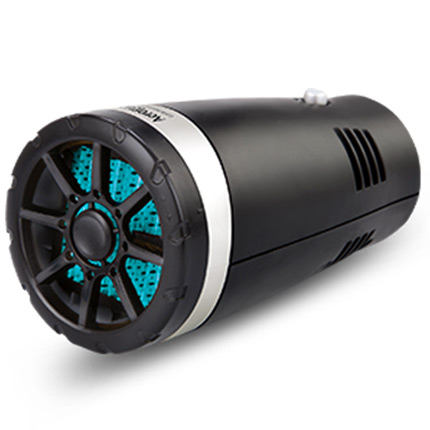gear cable outer casing
Understanding Gear Cable Outer Casing Essential for Smooth Gear Shifting
When it comes to cycling, maintaining optimal performance is crucial for both leisure riders and competitive athletes alike. One of the often-overlooked components that play a vital role in the efficiency and responsiveness of bicycle gear systems is the gear cable outer casing. This component might seem insignificant at first glance, but it plays an indispensable role in the overall function of a bicycle's gear shifting mechanism.
The Basics of Gear Cable Outer Casing
The gear cable outer casing is essentially a protective sheath that encases the inner gear cable. This casing provides support and stability, allowing the inner cable to move smoothly when shifting gears. Typically made from durable materials such as plastic or metal, the outer casing is designed to withstand environmental elements such as dirt, moisture, and wear over time.
Materials and Construction
The choice of material for the cable outer casing is crucial to its performance. High-quality casings are often constructed from materials that provide both flexibility and rigidity, ensuring that the inner cable can move without getting stuck or damaged. Many modern casings also feature additional outer coatings to enhance weather resistance and prevent corrosion, thereby increasing their longevity.
Another important aspect of the construction is the length and bends of the casing. Ideally, the outer casing should be cut to the appropriate length to minimize friction during cable movement. Sharp bends can create areas of tension that lead to inefficient gear shifting or even cable snapping. Therefore, proper installation and routing are essential for ensuring that the outer casing supports optimal gear performance.
Functionality and Performance
gear cable outer casing

The primary function of the gear cable outer casing is to facilitate smooth cable movement. As a cyclist shifts gears, the inner cable needs to slide through the outer casing with minimal resistance. If the casing is worn out, damaged, or improperly installed, friction can build up, leading to sluggish gear shifts and a less responsive riding experience.
Moreover, the outer casing also helps to protect the inner cable from external elements. In harsher riding conditions, dirt and moisture can accumulate, potentially causing corrosion or fraying of the inner cable. A reliable outer casing will safeguard the inner cable, extending its lifespan and maintaining consistent performance.
Important Considerations for Maintenance
Regular maintenance of the gear cable outer casing is crucial to ensure the longevity and efficiency of the gear shifting system. Cyclists should inspect their outer casings periodically for signs of wear, fraying, or damage. If any issues are detected, it is essential to replace the outer casing promptly to avoid compromising the inner cable's integrity.
Additionally, keeping the casing clean can enhance performance. Using a gentle cleaning solution and a soft cloth, cyclists can remove accumulated dirt or debris from the outer casing. Lubricating the inner cable, if applicable, can also help to further reduce friction and ensure a smooth gear shift.
Conclusion
In summary, the gear cable outer casing may not be the most glamorous part of a bicycle, but its significance cannot be understated. It provides vital support for the inner cable, ensuring smooth and efficient gear shifting. Understanding the materials, construction, and maintenance of the outer casing can make a considerable difference in a cyclist's overall experience. By paying attention to this critical component, cyclists can ensure they enjoy a seamless ride, no matter the conditions or challenges they might face on the road or trail. So, the next time you gear up for a ride, take a moment to check your gear cable outer casing – it might just be the key to unlocking your bike’s full potential.
-
Workings of Clutch Pipe and Hose SystemsNewsJun.04,2025
-
The Inner Workings of Hand Brake Cable SystemsNewsJun.04,2025
-
The Secrets of Throttle and Accelerator CablesNewsJun.04,2025
-
The Hidden Lifeline of Your Transmission Gear Shift CablesNewsJun.04,2025
-
Demystifying Gear Cables and Shift LinkagesNewsJun.04,2025
-
Decoding Clutch Line Systems A Comprehensive GuideNewsJun.04,2025
